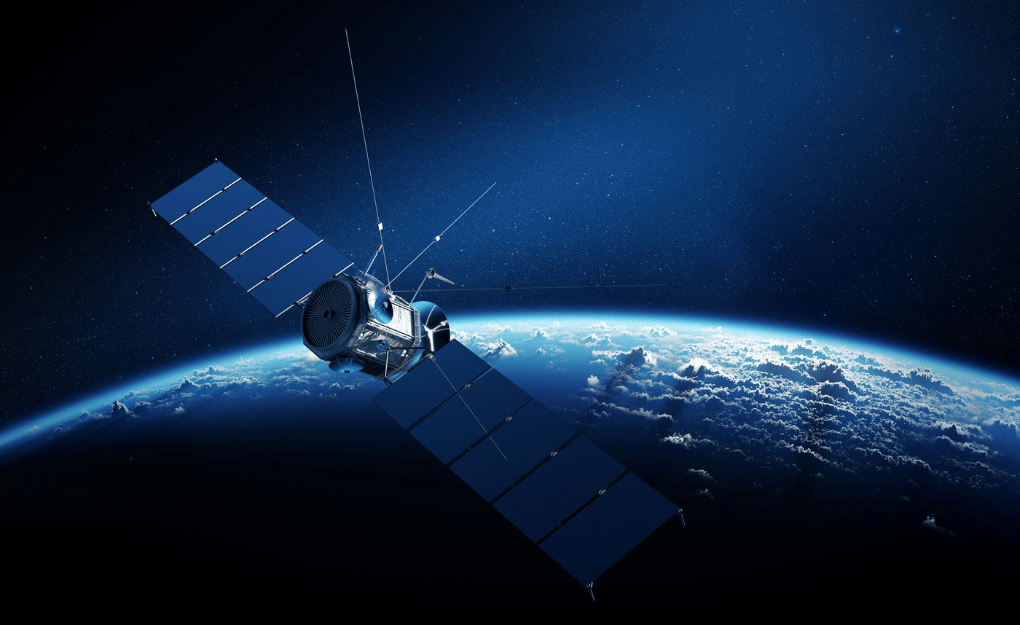Starlink India Approval has officially moved forward with the Indian government granting final regulatory clearance for Elon Musk’s satellite communication company. The Indian National Space Promotion and Authorisation Centre (IN-SPACe) has authorised the Starlink Gen1 satellite constellation, paving the way for commercial operations in India. This development is poised to revolutionise connectivity in underserved regions and expand the country’s digital reach.
Starlink India Approval: Regulatory Approvals and IN-SPACe Authorisation
Starlink received its long-awaited operator licence from the Department of Telecommunications (DoT) in May 2025, after an extended application process that lasted nearly three years. Following this, IN-SPACe authorised the deployment of the Gen1 Low Earth Orbit (LEO) satellite constellation, consisting of 4,408 satellites that orbit at an altitude of 540-570 km. The authorisation is valid for five years or until the operational life of the constellation ends.
The approval, however, comes with several regulatory stipulations. Starlink must comply with additional clearances from various Indian agencies to maintain national security and ensure technological compliance.
Starlink’s Satellite Network and Service Capabilities
The Starlink Gen1 network is part of a massive global constellation, with over 7,000 satellites already launched worldwide. In India, the system is expected to offer a throughput of 600 Gbps, significantly enhancing internet access, especially in remote and rural regions.
Unlike terrestrial broadband, which relies on fibre and cable infrastructure, satellite internet operates directly from space, requiring minimal ground-based infrastructure. This makes it ideal for difficult terrains, disaster zones, and regions where traditional connectivity is economically unviable.
However, there are trade-offs. Latency—the delay in data transmission—is typically higher for satellite internet compared to fibre optics. Nonetheless, Starlink aims to optimise performance through its low-earth orbit satellites, which offer better speed and lower latency than traditional geostationary satellites.
Competitive Market Landscape and Local Partnerships
Starlink’s arrival adds a new dimension to India’s broadband market, which already features heavyweights like Reliance Jio and Bharti Airtel. Instead of auctioning spectrum, the government opted for administrative allocation for satellite communication, recognising the complexities of shared spectrum in space-based services.
To strengthen its foothold, Starlink has reportedly partnered with Jio Platforms and Airtel for the retail distribution of its satellite internet services. Its core target market includes urban centres, premium customers, and enterprise clients who are willing to pay a premium for reliable, uninterrupted internet access.
Government Guidelines for Satellite Communication in India
The DoT has laid out detailed guidelines for satellite communication service providers. These include:
- Local manufacturing requirements: At least 20% of ground equipment must be indigenised within five years.
- Data localisation: All Indian user data must be processed within India, ensuring no foreign routing or storage.
- Security protocols: Satellite terminals must integrate India’s NavIC navigation system by 2029.
- Real-time surveillance: Operators must implement tracking to ensure compliance with national security mandates.
Operators are also required to maintain domestic data centres and must be prepared to impose service restrictions during times of military conflict or national emergencies.
Security, Privacy, and Sovereignty Measures
Starlink, like other satcom operators, must adhere to strict data protection and cybersecurity rules:
- No decryption or duplication of Indian telecom data outside the country.
- Separate clearances are necessary for offering voice and internet services.
- Use of domestic DNS servers is mandatory.
- Operators must allow full cooperation with Indian law enforcement agencies.
These provisions reflect India’s strong stance on data sovereignty and national security as it welcomes foreign tech investments.
What Starlink India Approval Means for the Country
The Starlink India approval by IN-SPACe signals a transformative moment for the Indian communication sector. It enables satellite internet access in some of the most underserved parts of the country while aligning with the government’s Digital India goals.
While the technology may currently appeal to affluent customers due to high equipment and service costs, the long-term outlook is promising. With regulatory clarity, strategic partnerships, and demand for high-speed internet surging, Starlink’s Indian journey could redefine how millions of Indians connect to the world.




